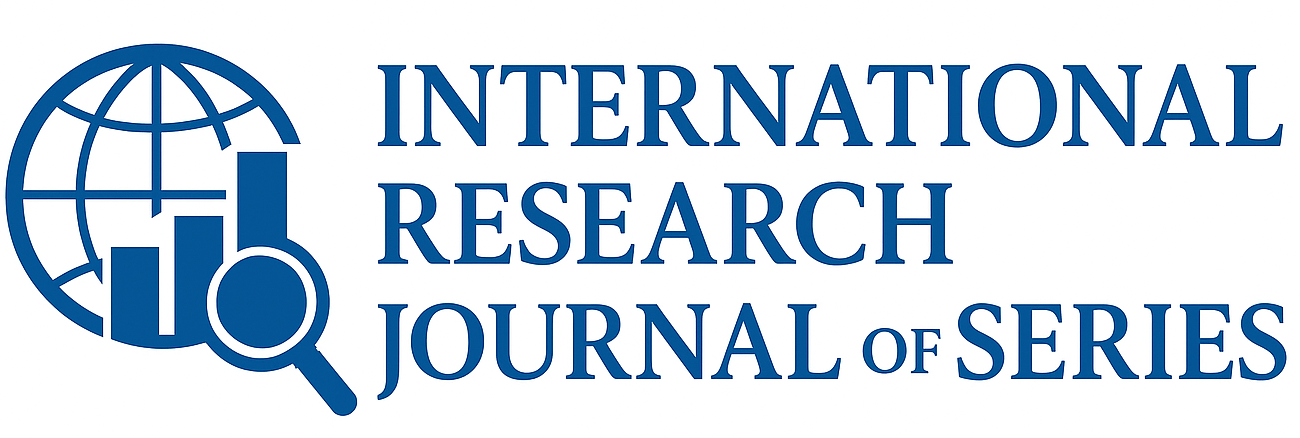Plagiarism Policy
Maintaining academic integrity and originality in scholarly publication
The International Research Journal Of Series takes plagiarism seriously. All submissions are screened for similarity to existing literature and authors are required to declare that their work is original.
Definition of Plagiarism
Plagiarism constitutes the use of others' published and unpublished ideas, words, or intellectual property without attribution or permission, and presenting them as new and original rather than derived from an existing source.
Screening Procedure
Manuscripts may be checked using automated tools and manual inspection. Significant overlap with previously published work may result in rejection or requests for substantial revision and proper citation.
Automated Screening
All submissions undergo automated similarity detection using industry-standard plagiarism detection software.
Manual Inspection
Editors and reviewers conduct thorough manual checks for disguised plagiarism and improper attribution.
Similarity Assessment
Similarity reports are analyzed for context, with consideration given to properly cited material and common terminology.
Types of Plagiarism We Detect:
- Verbatim Plagiarism: Direct copying of text without quotation marks or citation
- Paraphrasing Plagiarism: Rewriting others' ideas without proper attribution
- Idea Plagiarism: Using others' concepts, research, or theories without credit
- Self-Plagiarism: Reusing substantial portions of one's own previously published work
- Mosaic Plagiarism: Combining phrases from multiple sources without proper citation
Consequences
Confirmed cases of plagiarism may lead to rejection, notification of institutional authorities, and retraction of published work if discovered after publication.
| Severity Level | Type of Plagiarism | Consequences |
|---|---|---|
| High | Verbatim copying without attribution | Immediate rejection, 3-year submission ban, institutional notification |
| High | Data fabrication or falsification | Permanent ban, retraction, institutional and funder notification |
| Medium | Substantial paraphrasing without credit | Rejection, 1-year submission ban, require plagiarism training |
| Medium | Significant self-plagiarism | Rejection, require proper citation of previous work |
| Low | Minor unattributed text similarity | Revision request with proper attribution required |
| Low | Inadequate citation of common knowledge | Editorial correction during review process |
Post-Publication Discovery
Plagiarism discovered after publication will result in immediate article retraction with a clear notice of retraction stating the reasons. The retraction will be linked from all online platforms and indexing services. Institutional authorities and funding bodies will be notified in cases of severe misconduct.
Prevention Guidelines
To avoid plagiarism allegations, authors should:
- Always cite original sources for ideas, text, and data that are not their own
- Use quotation marks for direct quotes with proper page number citations
- Ensure paraphrased content is substantially rewritten and properly attributed
- Disclose and cite their own previously published work when reused
- Use reference management software to maintain accurate citations
- Seek permission for reproduced figures, tables, or extensive text portions
For questions about proper attribution or to report suspected plagiarism, please contact the editorial office. We follow COPE (Committee on Publication Ethics) guidelines in all plagiarism investigations.




